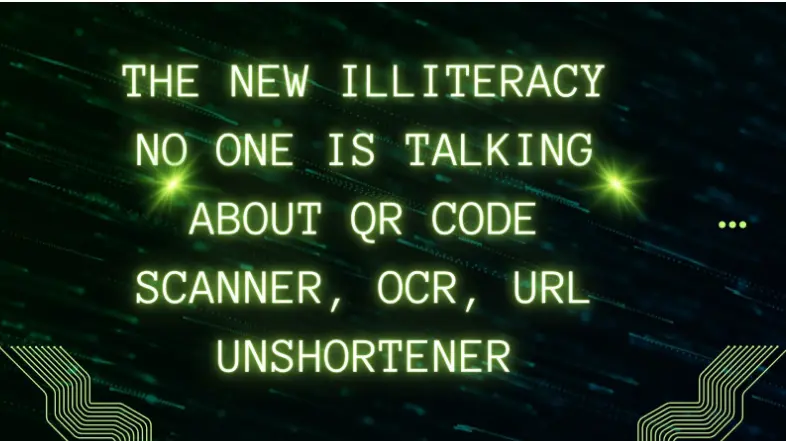How to Augment Sociology Teaching Through Video Content
“The art of teaching is the art of assisting discovery.” This famous quote from Mark Van Doren can also be affiliated with the development of sociology.
Teaching and learning sociology has a remarkable history. In the past, famous sociologists like Durkheim and Weber leveraged lectures and written texts for education. With the popularity of visual content, you can now provide your students with insights with dynamic videos.
Using videos for education is not a noble strategy. The first educational film was made in the early 1900s. Nowadays, this has been enhanced. Video content now makes abstract theories relatable by showing real-world examples and interviews with sociologists and activists. There’s no wonder why multimedia usage in education has increased by 45% in the past five years.
Maybe you’re thinking, why invest time and effort in videos?
Well, video content provides many benefits for your sociology classes, including:
Benefit 1. Improves Student Participation
Videos are easily captivating, with studies saying that short videos improve student interaction by up to 24.7% and can elevate exam scores by up to 9%. Data also show that 59% of teachers say that interactive video formats can sustain students’ focus more than traditional educational materials. You’ll notice that videos motivate group discussion and improve critical thinking.
Benefit 2. Provides Real-World Context
In a 2019 study from Brigham Young University, 35% of educators now use video technologies like films for cultural input. You find that real-life examples in video form turn abstract theories into simple concepts. This allows you and your students to see the link between theory and everyday life.
Benefit 3. Customizable for Different Learning Styles
Videos support visual, auditory, and hands-on learners. In addition, video assists 83% of learners in retaining information better. For instance, motion visuals and animations may serve to explain and comprehend complicated topics. You also gain from diverse video formats that can be personalized to various learning styles.
Types of Video Content for Sociology Education
You can choose from various forms of video content to enrich your teaching. This includes:
Documentary Clips and Case Studies
Documentaries and case studies show real social issues. Use documentary clips to explore social problems like inequality, migration, and urbanization. Real-life case studies, on the other hand, can enable you to complement theories with practice.
Animated Explainer Videos
Clips using fun animations and personalized AI avatars can enable you to turn advanced lessons into digestible and captivating materials. Advanced sociology theories like Game Theory, Marxism, and Postmodernism can be simplified to be comprehended by various students.
Recorded Lectures and Interviews
You can record guest lectures or interviews with experts. A tally of 67% of educators use recorded content to improve learning. Asynchronous videos add diverse perspectives and advance your classroom discussions.
Role-Playing and Simulations
Role-playing videos simulate social interactions and ethical dilemmas. For instance, a team of students can act out the Lost Letter Experiment to simulate social roles in action. Such videos turn theories into memorable experiences.
Software and Platforms for Creating and Sharing Video Content
Fortunately, there are plenty of tools to create video content for your sociology teaching. Let’s discuss a few of them below.
Video Editing Software
Of course, because we are talking about video content, the best tools for the task are online video editor tools. Premium software like Adobe Premiere Pro, Final Cut Pro, or DaVinci Resolve are some of the top picks. They have features that enable you to remove and trim unnecessary sections or add music to video clips. If you’re looking for free tools, you can also try Openshot and Shotcut. They are easy to use, but they may have limited features compared to premium software.
AI-Powered Video Generators
If you’d like to focus more on teaching sociology or you don’t have extra time for content creation, you can consider AI-powered video generators. These platforms, such as Synthesia, VEED, and Pictory, allow you to create animated explainer videos quickly. They use artificial intelligence to turn text into spoken words and add simple graphics. Opt for tools with features like eye contact AI or background noise remover to make your videos professional.
Video Hosting
Video hosting is another essential tool. You can upload your videos on popular platforms like YouTube or Vimeo. YouTube now boasts over 2 billion users, so it is a great way to show your work to a large viewership. Other educational sites like Coursera and EdX also provide ways to share video content in a structured learning environment. Hosting your videos online guarantees that they are available for students anytime and on any device.
Social Media
Social media channels also aid in extending the popularity of your videos. You can use Facebook, Instagram, or LinkedIn to share clips or links. In fact, 86% of educators say they use social media to share content with their students. This makes it easier for your videos to be seen and discussed in different circles.
Collaboration Tools
Finally, collaboration tools like Slack and Google Drive make it easy to work with colleagues. These tools let you share video files, collect feedback, and collaborate on projects. Some also allow your team to work simultaneously on your video content and personalize it for the needs of your students.
By using these tools, you guarantee that your video content is professional, accessible, and captivating for all learners. They let you save time, work within your budget, and make your sociology lessons more interactive.
Best Practices for Integrating Video Content in Sociology Classes
To get the most from video content in your sociology classes, follow these best practices.
Match with Learning Objectives
First, always match your videos with your learning objectives. Choose videos that match your curriculum so that every clip has a clear purpose. This makes it easier for students to correlate what they see with the theories they are learning.
Compress your Video Length
The shorter and more compressed your video message, the better. Try limiting your videos to up to 5 to 10 minutes long. Shorter videos make students more participative. If a video is too long, students may be distracted or miss critical points.
Motivate Active Learning
Promote active learning by pausing the video at vital moments. Ask questions or use interactive quizzes during the break. It can inspire students to think about what they have seen and tie the video content back to the course material.
Prioritize Accessibility
Guarantee that your videos are accessible to all students. Add subtitles and transcripts so that students with hearing issues or language difficulties can follow along. Accessibility is significant for inclusion and to make sure no one is left behind.
Mix Video Types
Mix different types of video content. Use documentaries, animated explainers, and recorded lectures to sustain your lessons fresh. Alternating formats prevent the class from feeling bored and customized to different learning styles.
Use analytics to track how students interact with the videos. Many platforms provide data on how long students watch and which parts they rewatch. This information can enable you to adjust your teaching methods and choose better video content in the future.
Takeaways
Following these steps above creates a dynamic and inclusive learning environment. You can make sociology lessons fun and memorable by using video content that is well-chosen, interactive, and easy to follow. When you use these best practices, you assist your students to learn better and feel more passionate about the subject matter.
In conclusion, you now see how video content can augment your sociology teaching. Video boosts student participation, provides real-life context, and supports various learning styles. You have learned which types of videos work best, including documentaries, animations, lectures, and role-playing simulations.
Here’s your checklist:
- Select accurate, captivating videos.
- Optimize video length between 5-10 minutes.
- Use interactive pauses and quizzes.
- Guarantee videos have subtitles and transcripts.
- Mix various video types.
- Use reliable editing and hosting tools.
- Monitor student participation.
- Cross-check video content for accuracy.
- Provide offline alternatives.
- Plan discussions around video content.







